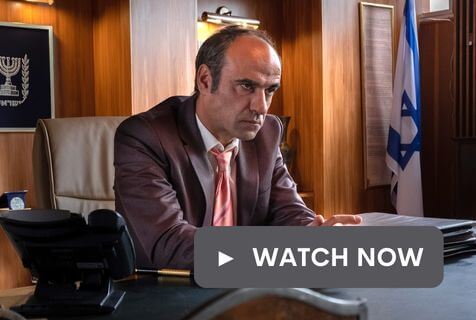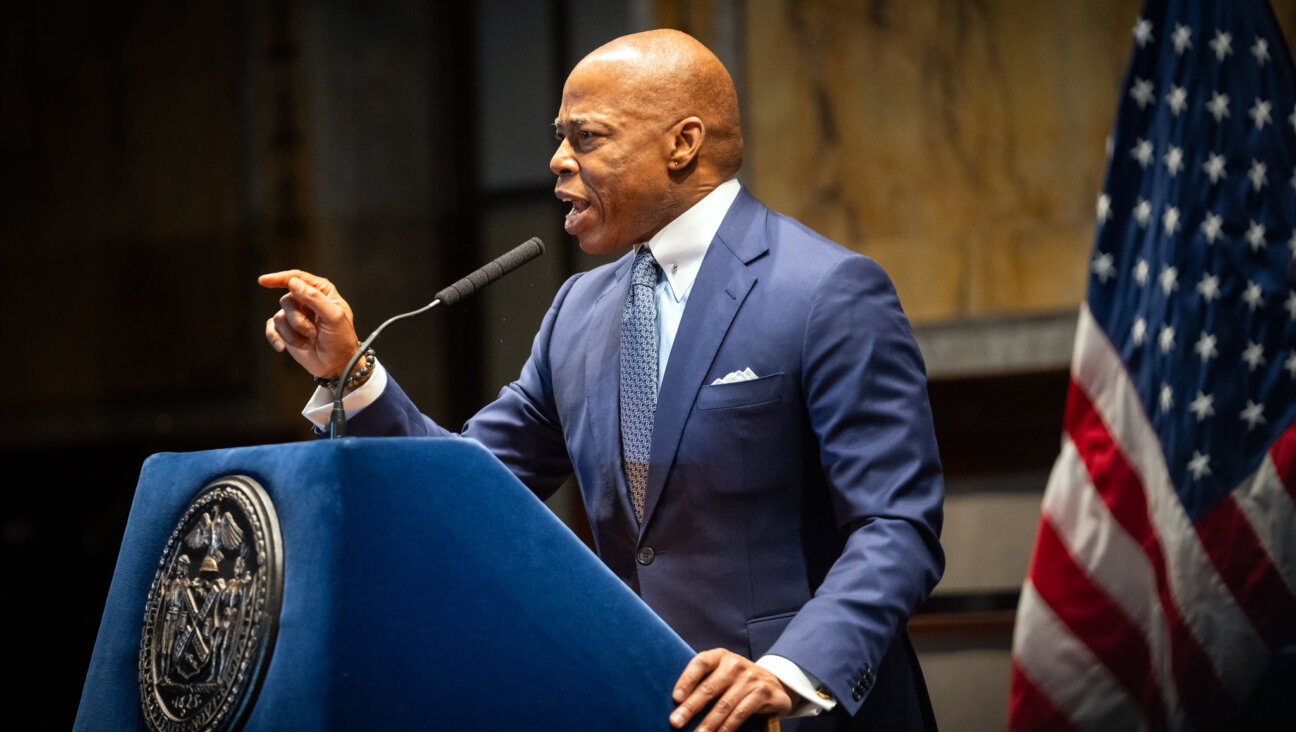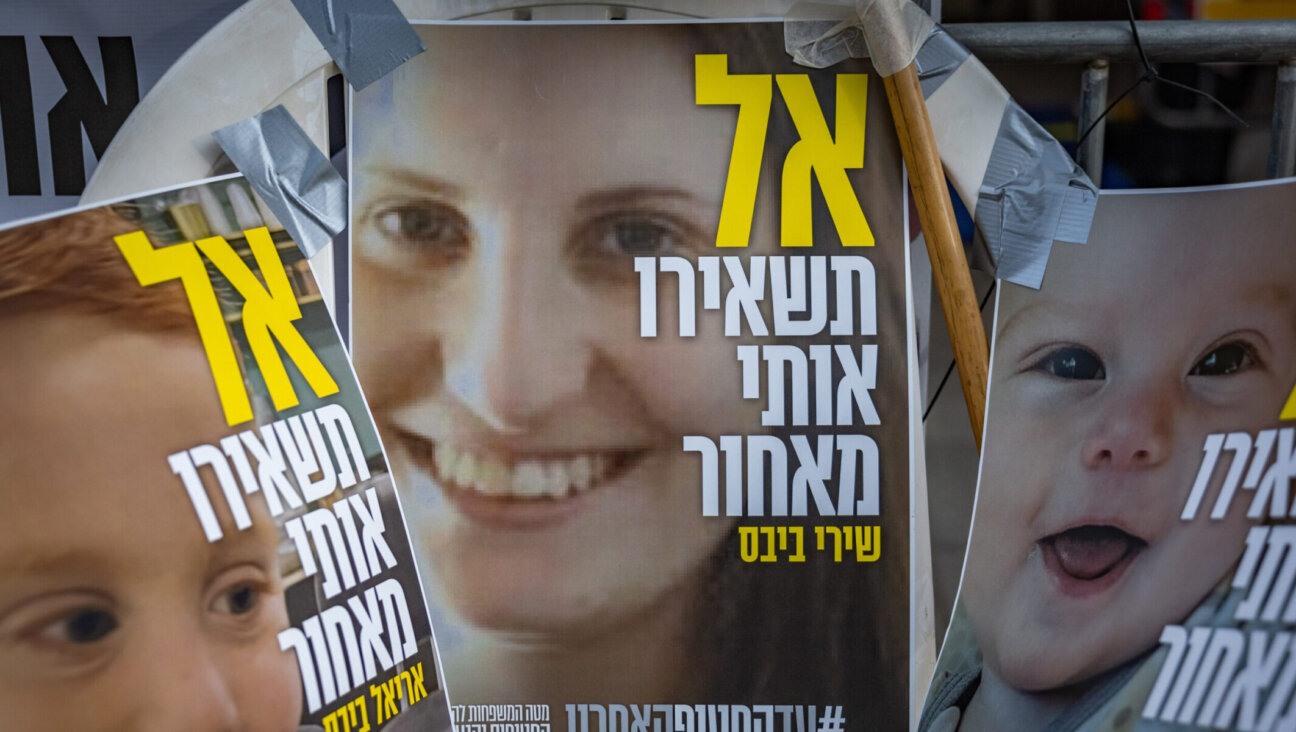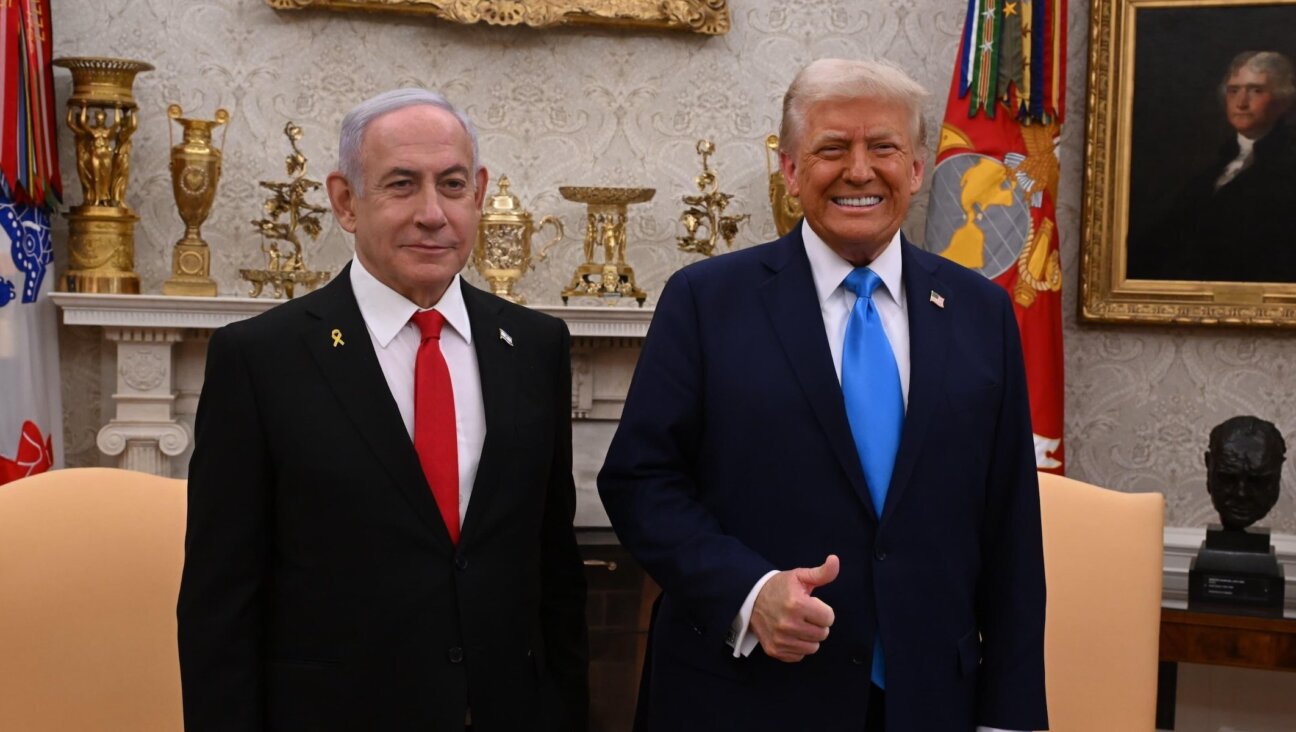The mystical reason why Jews put rocks on top of gravestones
When someone dies, their legacy lives on in those who remember them

Jews have a custom to put rocks on top of gravestones. Photo by James Pintar/iStock
Walk into any Jewish cemetery and you would be hard pressed not to find rocks on a headstone. It is an especially relevant and meaningful question during the High Holiday season when many people visit cemeteries.
Universally, after visiting a grave, we place stones on the monument. What is the meaning behind this practice?
The most common explanation is that this tradition marks the fact that we have visited the gravesite. On a personal note, my mother, of blessed memory, is buried in Eretz Hachaim cemetery in Israel. When I am able to visit, I am comforted by all the stones placed on her monument, a testament to people who remember her.
Yet the reason runs deeper and is especially relevant during the period of the calendar when we contemplate who shall live and who shall die.
The answer emerges from understanding the difference between a monument and a rock. A monument is a single stone symbolizing the static nature of our souls. The rocks evoke dynamism and growth.
While we are physically living on this earth, we are a miraculous fusion of body and soul. Every mitzvah, every kind deed, that we do elevates our souls. The body is a vessel. Every action that we do, positive or negative, impacts our souls. Ideally, we harness the gift of life to elevate our soul and leave the world a better place.
In the words of William Penn: “I expect to pass through this world only once. Any good therefore that I can do, or any kindness or abilities that I can show to any fellow creature, let me do it now. Let me not defer it or neglect it, for I shall not pass this way again.”
When a person dies, it is only the body that returns to the earth. The soul is everlasting. However, the soul cannot make a difference in the world anymore. Hence the establishment of a monument or headstone. These represent the static potential of the soul, which can no longer do good deeds.
We who visit the graves become the conduits for our loved ones to continue to impact the earth. When we place rocks on the monument, we are pledging that we will ensure the person whom we are remembering will continue to influence the world.
Every person is a candle that lights many flames. The rock on the headstone amplifies their values in our lives. In this way, we are all elevated. In that sense, they live forever.
Think for a moment. What are the values of the people whom we remember on the holidays? How do they live in us and through us?
Years ago, when Israeli Prime Minister David Ben-Gurion asked one of his advisers for his wisdom, his adviser replied that he consulted with two people for his decision. He asked his grandparents who are no longer living and his grandchildren who are not yet born. We are the bridge between generations. Our time on earth is limited, but how we fill our days will determine our lasting legacy.
If you will be placing a rock on a monument this season, ask yourself who are the loved ones whose light you carry and how will you fuel their fire in your life and for generations to come? What will you do today that is worthy of future memory?
A message from our Publisher & CEO Rachel Fishman Feddersen

I hope you appreciated this article. Before you go, I’d like to ask you to please support the Forward’s award-winning, nonprofit journalism so that we can be prepared for whatever news 2025 brings.
At a time when other newsrooms are closing or cutting back, the Forward has removed its paywall and invested additional resources to report on the ground from Israel and around the U.S. on the impact of the war, rising antisemitism and polarized discourse.
Readers like you make it all possible. Support our work by becoming a Forward Member and connect with our journalism and your community.
— Rachel Fishman Feddersen, Publisher and CEO






























